A common mistake is to select pots that are too small for the tomato variety. Tomatoes have extensive root systems. When they get root-bound, they produce fewer fruits. Use the biggest plastic pot you can at a low price. Plastic. Due to the fact that they are both inexpensive and practical, plastic containers have emerged as one of the most popular options for storage. They are not affected by the freezing and thawing processes. Because plastic readily absorbs and stores moisture, soil contained within plastic containers typically requires less frequent watering. Recent developments in plastics have led to an increase in the number of available styles. There is a wide variety of sizes and shapes of pots available to choose from if you want to cultivate tomatoes in containers on your deck or patio. A good container is one that is spacious enough to accommodate sufficient amounts of soil and roots.  The majority of people who are successful at growing plants in containers opt for either larger containers (at least 5 gallons), smaller to medium-size containers (1-3 gallons), or hanging baskets. A common oversight is choosing a container that is inadequate for the type of tomato being grown. Tomatoes have a deep and extensive root system. When they are unable to spread their roots, they produce less fruit. Even those varieties that are designed to thrive in containers of one or two gallons are likely to produce better results when transplanted into a larger container. If you are unsure, it is better to choose a larger pot than a smaller one. Growing tomatoes in containers can be successful even for inexperienced gardeners if they choose varieties that are tailored to the specific container in which they will be grown. Tomatoes that are grown in containers now come in an unprecedented number of varieties. Find out more about the varieties of tomatoes that will thrive in your container by reading this. Tomatoes grown in pots, like other crops grown at home, require adequate drainage. In the event that this does not occur, water will collect in the container, the roots will rot, and the plant, along with all of its tomatoes, will perish. Make sure the bottom of the container or pot you’re using has some kind of drainage holes in it. The excess water will eventually leak out of the container if you overwater it. If the bottoms of the containers don’t already have holes in them, you should punch them. In addition to this, your container should have enough headspace to accommodate an appropriate amount of water.
The majority of people who are successful at growing plants in containers opt for either larger containers (at least 5 gallons), smaller to medium-size containers (1-3 gallons), or hanging baskets. A common oversight is choosing a container that is inadequate for the type of tomato being grown. Tomatoes have a deep and extensive root system. When they are unable to spread their roots, they produce less fruit. Even those varieties that are designed to thrive in containers of one or two gallons are likely to produce better results when transplanted into a larger container. If you are unsure, it is better to choose a larger pot than a smaller one. Growing tomatoes in containers can be successful even for inexperienced gardeners if they choose varieties that are tailored to the specific container in which they will be grown. Tomatoes that are grown in containers now come in an unprecedented number of varieties. Find out more about the varieties of tomatoes that will thrive in your container by reading this. Tomatoes grown in pots, like other crops grown at home, require adequate drainage. In the event that this does not occur, water will collect in the container, the roots will rot, and the plant, along with all of its tomatoes, will perish. Make sure the bottom of the container or pot you’re using has some kind of drainage holes in it. The excess water will eventually leak out of the container if you overwater it. If the bottoms of the containers don’t already have holes in them, you should punch them. In addition to this, your container should have enough headspace to accommodate an appropriate amount of water. 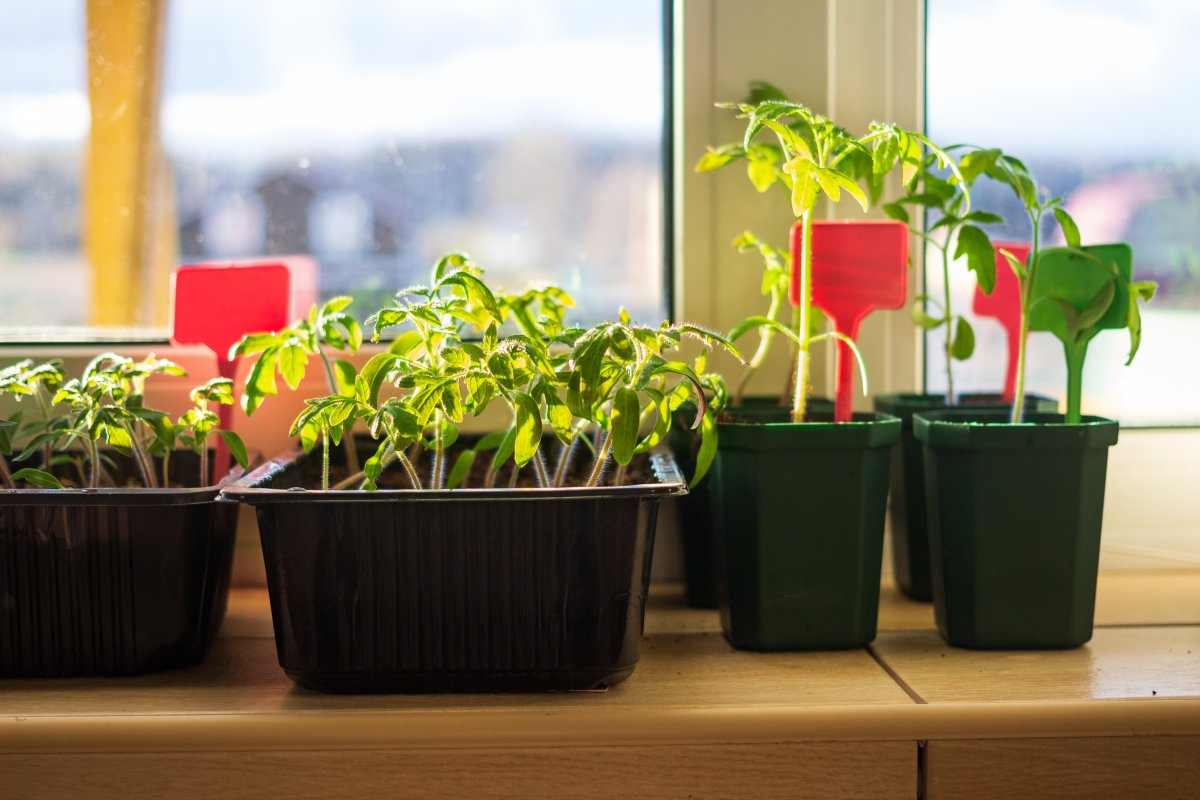 You should also think about purchasing an easy-to-use and cost-effective drip irrigation kit for container gardening or a deck irrigation kit to water your outdoor space. You can even use a timer to control the amount of water that drips through the hoses. Some people may not have access to a home garden plot due to the ever-increasing population density, but they may still have the desire to grow their own food despite this limitation. Growing plants in containers is the solution, and this method typically makes use of lightweight and portable plastic containers. On the other hand, we are hearing an increasing amount of information that questions whether or not plastics are safe for our health. When it comes to cultivating plants in plastic containers, should one be concerned about their safety? Is it possible to cultivate plants in plastic pots? The most straightforward response to this inquiry is, of course, growing plants in plastic containers has a number of benefits, including that they are long-lasting, easy to move around, strong, and lightweight. Plastic flower pots and containers are wonderful options for plants that require a lot of water, as well as for those of us who don’t water our plants as frequently as we should. They can be found in every color of the rainbow and are typically crafted from non-living materials that are frequently repurposed. On the other hand, this is not always the case.
You should also think about purchasing an easy-to-use and cost-effective drip irrigation kit for container gardening or a deck irrigation kit to water your outdoor space. You can even use a timer to control the amount of water that drips through the hoses. Some people may not have access to a home garden plot due to the ever-increasing population density, but they may still have the desire to grow their own food despite this limitation. Growing plants in containers is the solution, and this method typically makes use of lightweight and portable plastic containers. On the other hand, we are hearing an increasing amount of information that questions whether or not plastics are safe for our health. When it comes to cultivating plants in plastic containers, should one be concerned about their safety? Is it possible to cultivate plants in plastic pots? The most straightforward response to this inquiry is, of course, growing plants in plastic containers has a number of benefits, including that they are long-lasting, easy to move around, strong, and lightweight. Plastic flower pots and containers are wonderful options for plants that require a lot of water, as well as for those of us who don’t water our plants as frequently as we should. They can be found in every color of the rainbow and are typically crafted from non-living materials that are frequently repurposed. On the other hand, this is not always the case.  Many people are curious about whether or not it is safe to combine plants and plastic in light of recent worries regarding the safety of plastics containing bisphenol A (BPA). There is a lot of controversy surrounding the use of plastics in agricultural production. When it comes to cultivating crops, the vast majority of commercial growers utilize some kind of plastic in some form or another. There are plastic pipes that are used to irrigate crops and greenhouses; there are plastics used for covering crops; there are plastics used in row cropping; there are plastics used as mulch; and there are even plastics used in the cultivation of organic food crops. Scientists are in agreement that BPA is a rather large molecule compared to the ions that a plant absorbs, which means that it is unlikely for it to be able to pass through the cell walls of the roots and into the plant itself. This is something that has neither been proven nor disproven. The recycling codes printed on containers that are for sale make it simple for you to identify the type of plastic that is most appropriate for use in and around the home and garden. Keep an eye out for plastic packaging that bears the numbers 1, 2, 4, or 5 on the label. However, due to recent developments in plastics, there may be some plastic containers available in other recycling codes. The majority of your plastic gardening pots and containers will most likely be number 5, but there may also be some plastic containers available in other recycling codes. When recycling plastic containers from other products, which can be manufactured using a wide variety of different recycling codes, it is especially important to pay attention to the various recycling codes that are in use.
Many people are curious about whether or not it is safe to combine plants and plastic in light of recent worries regarding the safety of plastics containing bisphenol A (BPA). There is a lot of controversy surrounding the use of plastics in agricultural production. When it comes to cultivating crops, the vast majority of commercial growers utilize some kind of plastic in some form or another. There are plastic pipes that are used to irrigate crops and greenhouses; there are plastics used for covering crops; there are plastics used in row cropping; there are plastics used as mulch; and there are even plastics used in the cultivation of organic food crops. Scientists are in agreement that BPA is a rather large molecule compared to the ions that a plant absorbs, which means that it is unlikely for it to be able to pass through the cell walls of the roots and into the plant itself. This is something that has neither been proven nor disproven. The recycling codes printed on containers that are for sale make it simple for you to identify the type of plastic that is most appropriate for use in and around the home and garden. Keep an eye out for plastic packaging that bears the numbers 1, 2, 4, or 5 on the label. However, due to recent developments in plastics, there may be some plastic containers available in other recycling codes. The majority of your plastic gardening pots and containers will most likely be number 5, but there may also be some plastic containers available in other recycling codes. When recycling plastic containers from other products, which can be manufactured using a wide variety of different recycling codes, it is especially important to pay attention to the various recycling codes that are in use. 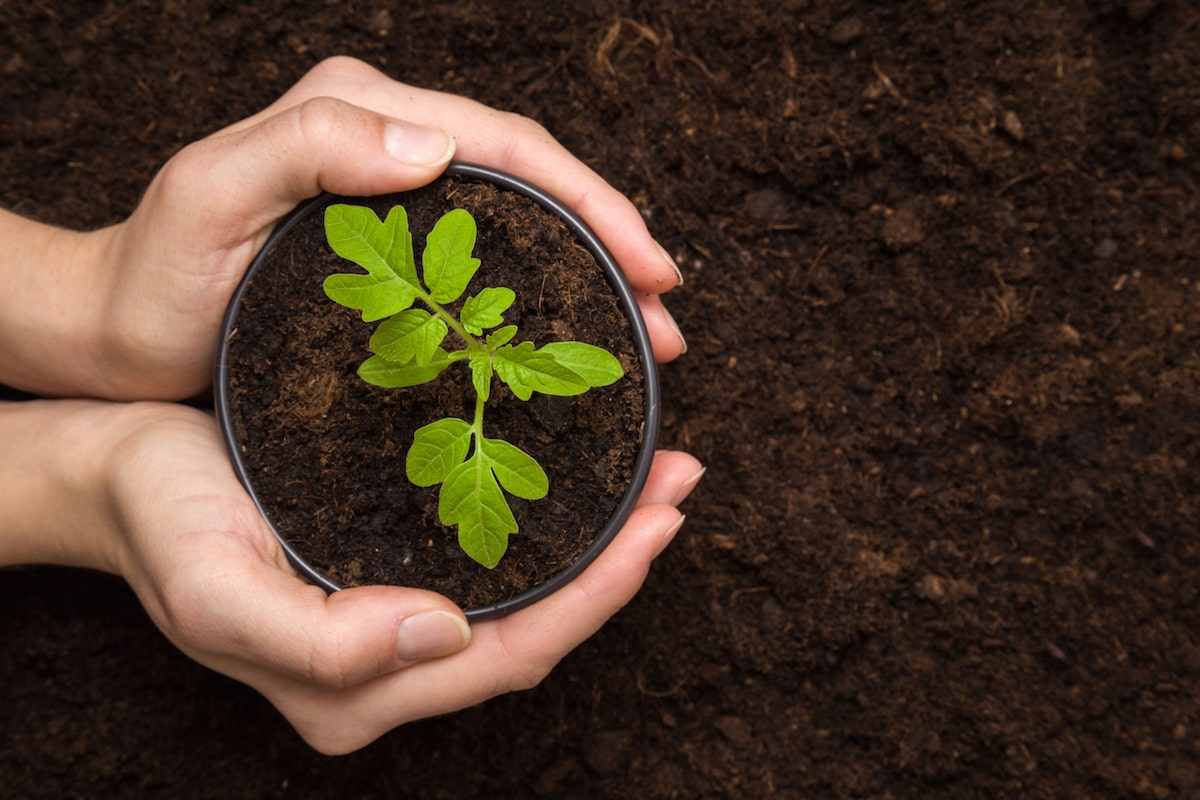 In conclusion, the vast majority of researchers and experienced cultivators believe that growing plants in plastic is risk-free. You shouldn’t have any trouble getting used to growing in plastic. But this is obviously a matter of personal preference, and there are actions you can take to further alleviate any concerns you may have regarding the use of plastic planters and containers in your garden.
In conclusion, the vast majority of researchers and experienced cultivators believe that growing plants in plastic is risk-free. You shouldn’t have any trouble getting used to growing in plastic. But this is obviously a matter of personal preference, and there are actions you can take to further alleviate any concerns you may have regarding the use of plastic planters and containers in your garden.

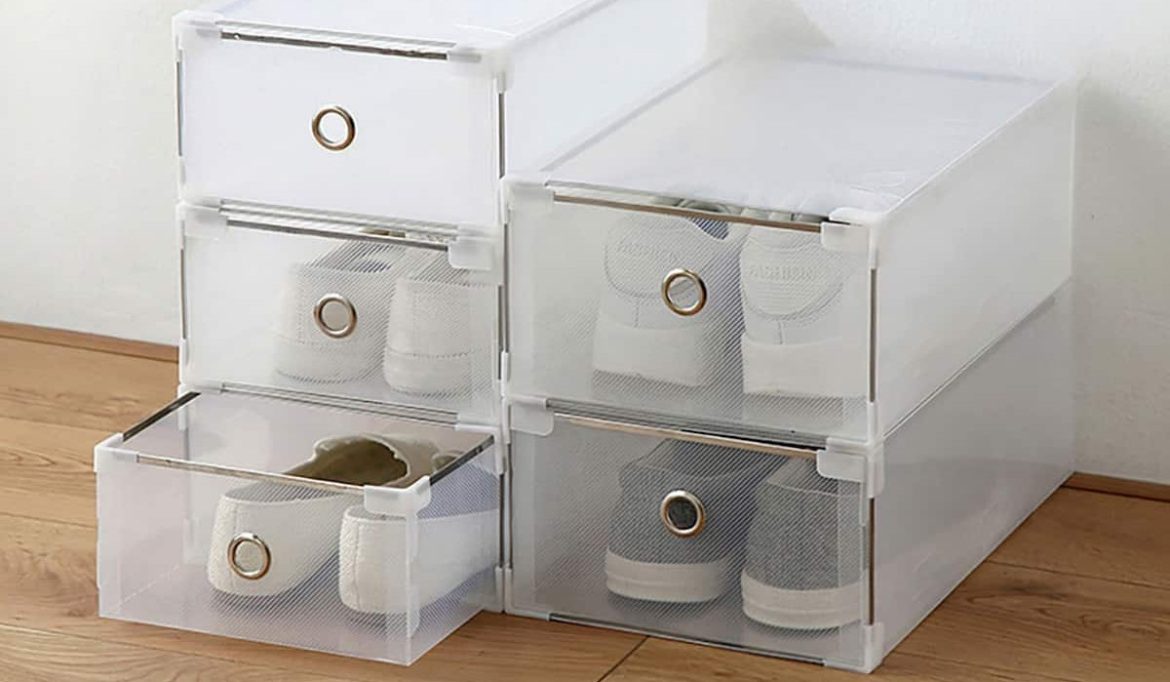
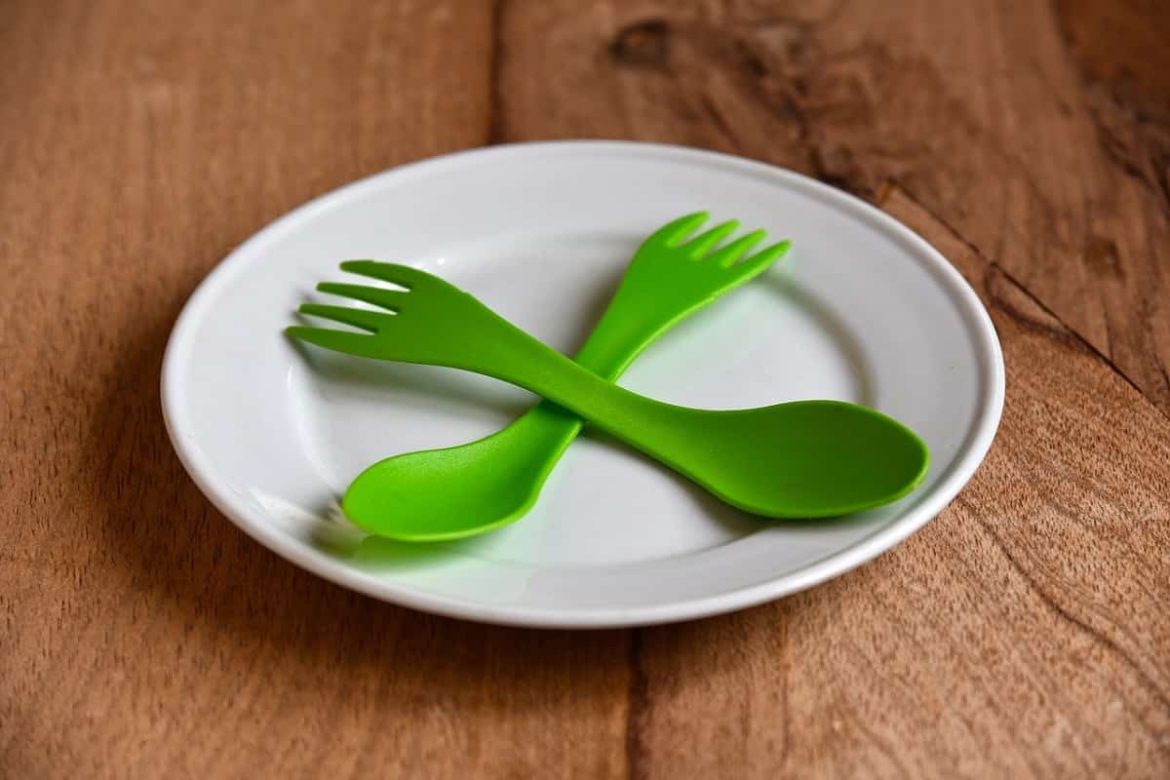
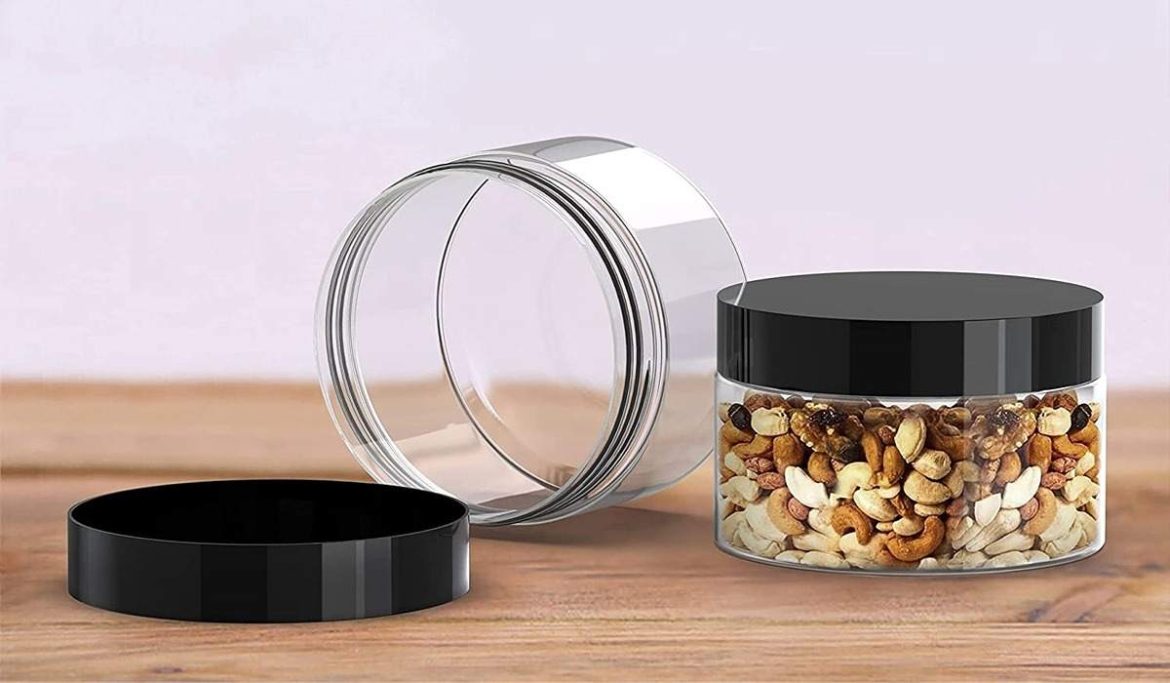

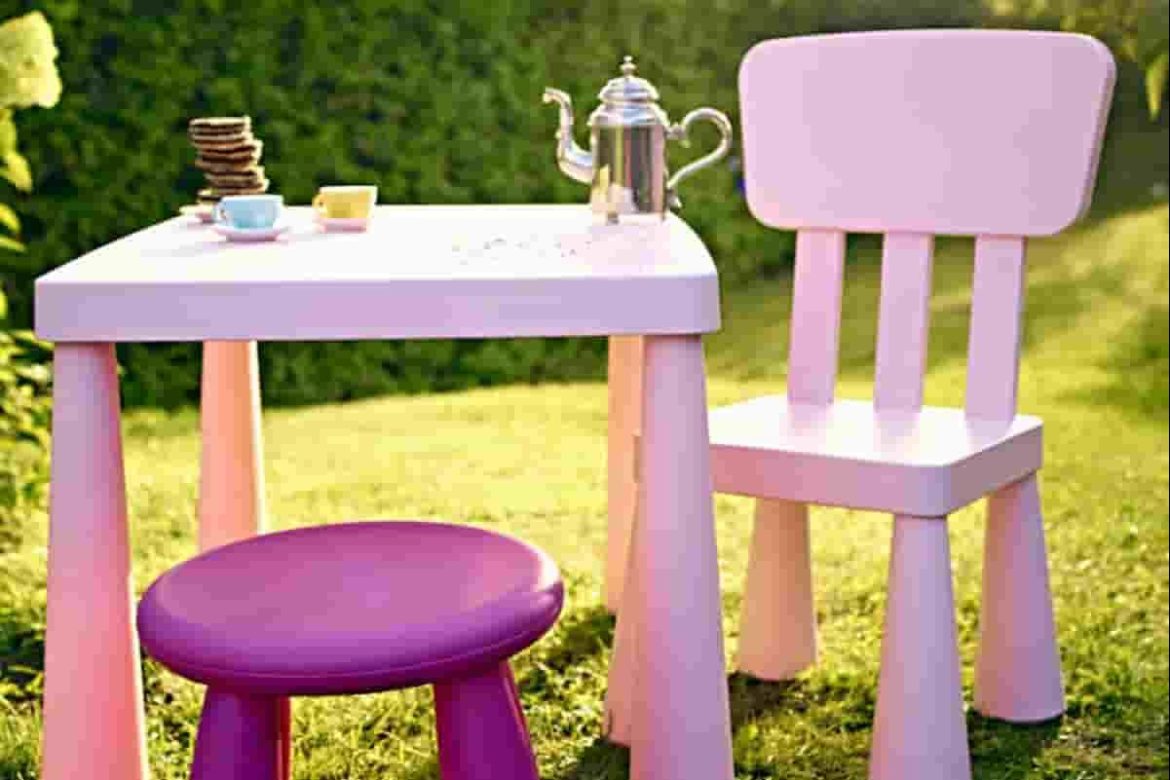
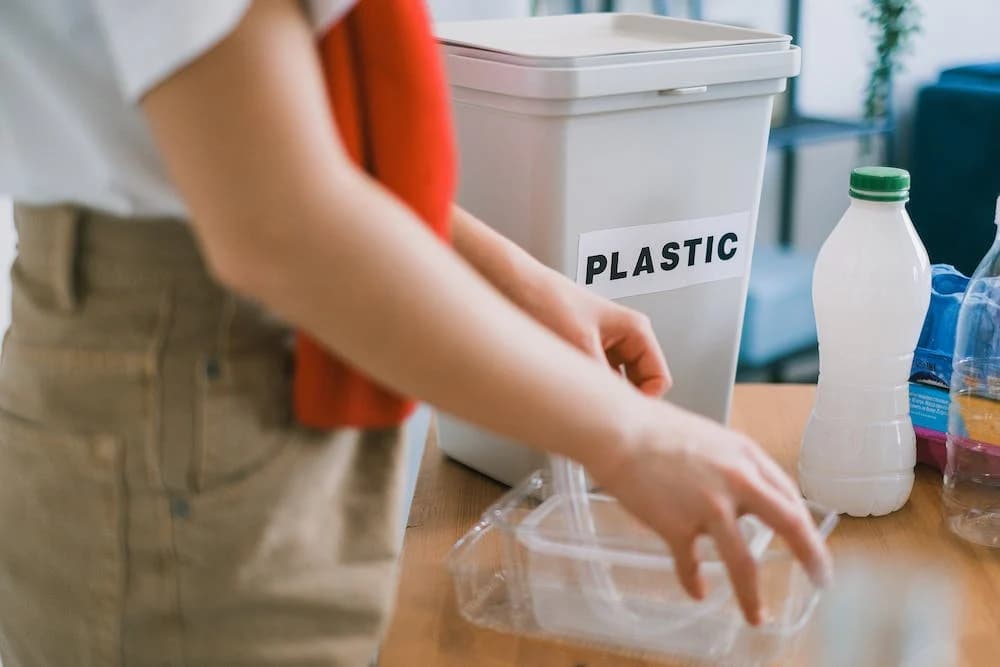
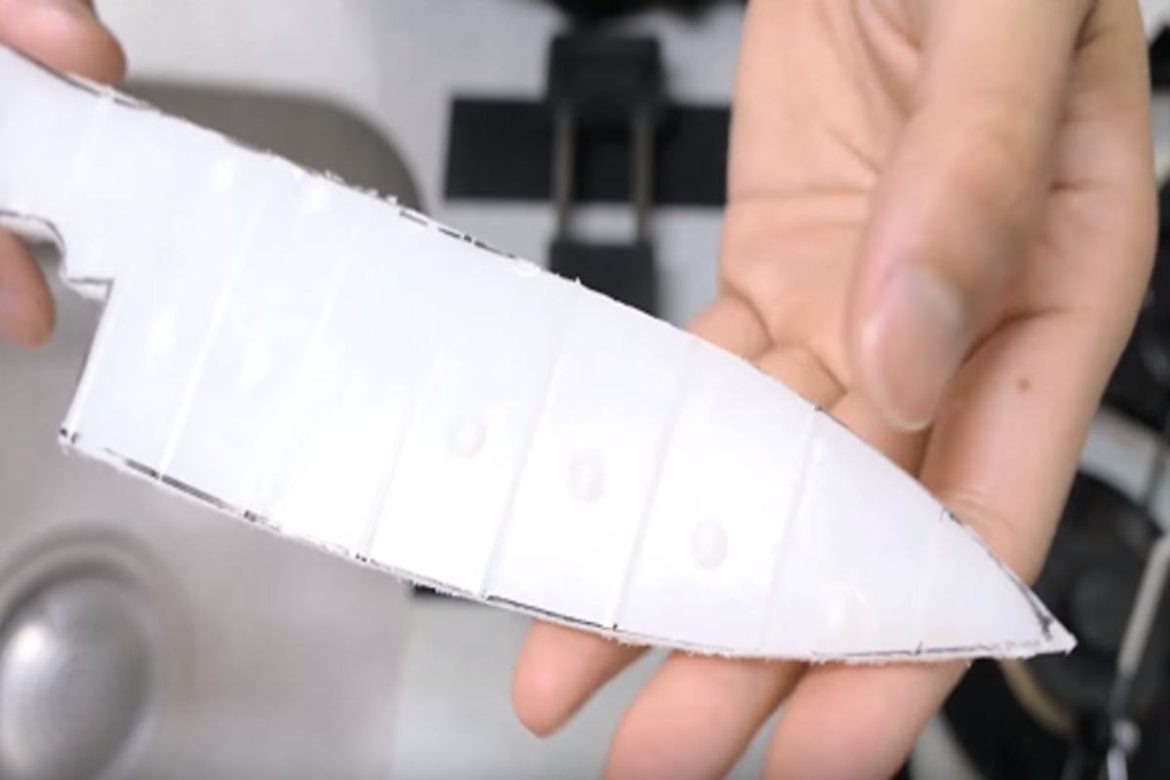
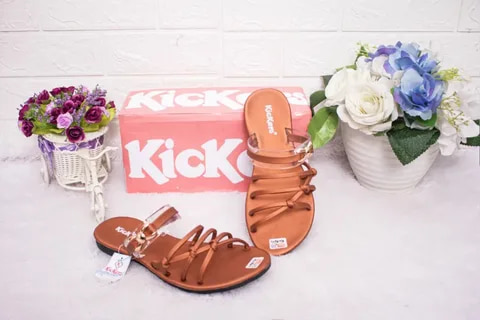
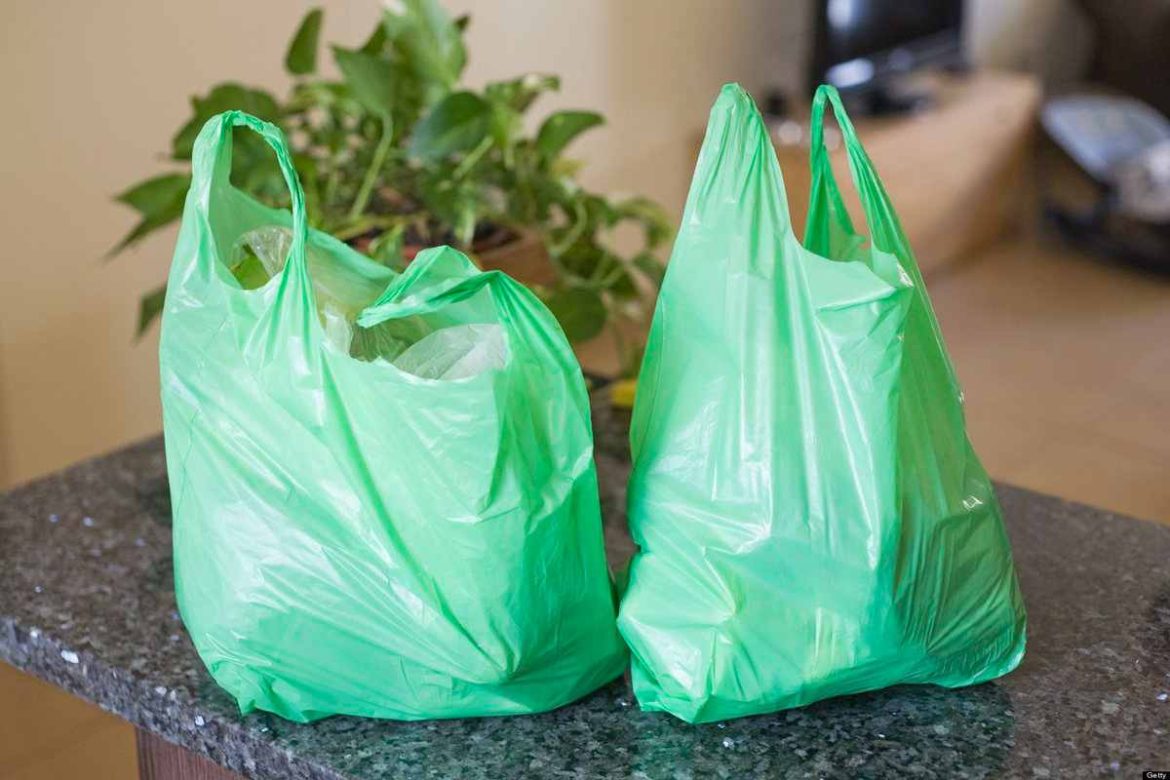
Your comment submitted.